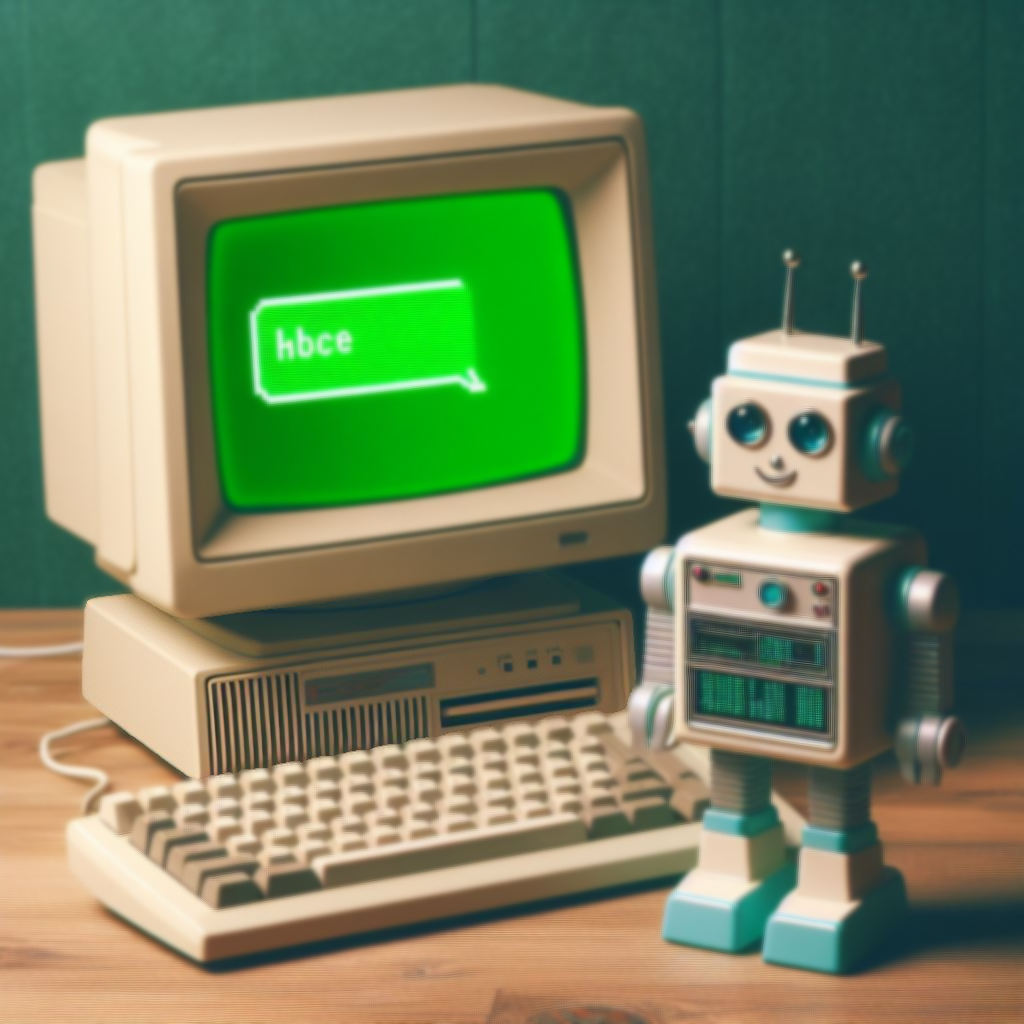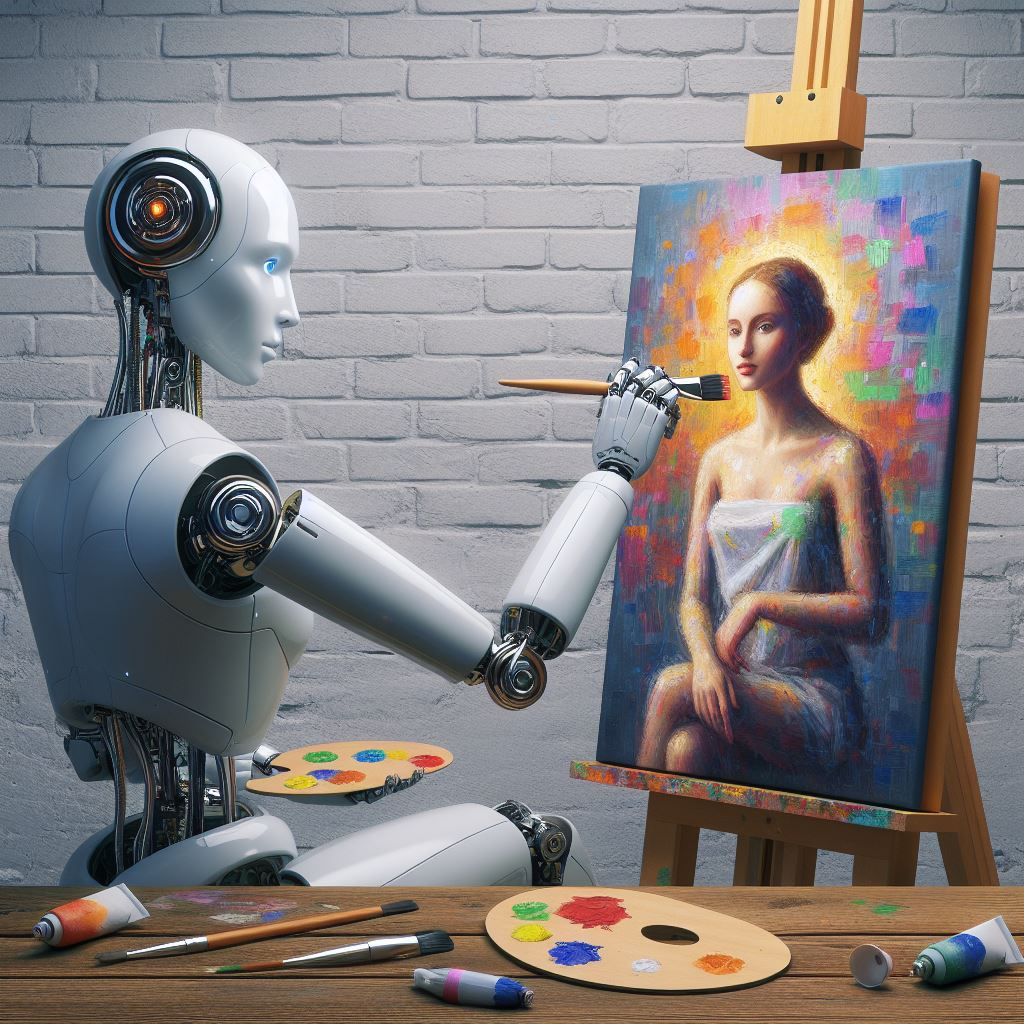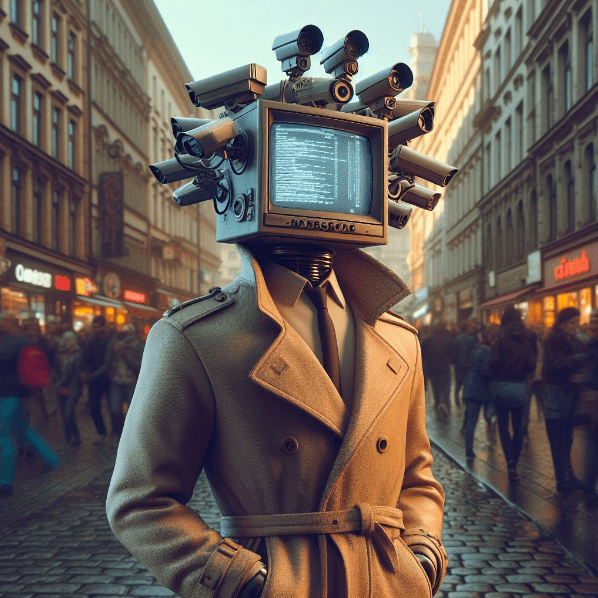Two Artists sue AI Image Maker – They Never registered a copyright though
In the world of art, a new player has entered the scene – artificial intelligence (AI). Generative AI has rapidly become a powerful force in the creative industries, transforming the way we create and appreciate art. AI models like DALL·E 2, Stable Diffusion, and Midjourney can conjure breathtaking visuals and craft eloquent essays. These remarkable capabilities have intrigued artists, museums, and businesses alike, leading to the creation of AI-generated art exhibitions and a vibrant market for AI art.

However, beneath the allure of AI-generated art lies a legal landscape fraught with uncertainties and challenges. The legal implications of using generative AI remain unclear, raising essential questions about copyright, patent infringement, and the ownership of AI-generated content. In this blog post, we explore these complex legal issues, highlighting recent developments and providing insights into how artists, businesses, and AI developers can navigate the evolving world of AI-generated art.
The Magic and Mystery of Generative AI
Generative AI has the power to produce art that can seem almost magical. With the aid of AI models, such as DALL·E 2 and Stable Diffusion, we can witness the creation of artwork in various styles, from aged photographs to pointillism. These AI systems can replicate human-like artistic styles with remarkable speed and quality. The Museum of Modern Art in New York and the Mauritshuis in The Hague have even embraced AI-generated art by displaying AI interpretations of renowned works like Vermeer’s “Girl with a Pearl Earring.”
Text generators, another facet of generative AI, can craft essays, poems, and summaries that mimic the style and form of human writing. These capabilities showcase the potential of AI to elevate creativity and productivity. However, the seemingly magical creation process raises questions about the legal foundations underlying these AI marvels.
The Legal Risks and Challenges of Generative AI
The magic of generative AI is underpinned by a complex process. These AI platforms are trained on vast datasets consisting of billions of parameters drawn from images and text snippets. Through this process, AI systems learn to recognize patterns and relationships in the data, allowing them to create rules, make judgments, and generate content in response to prompts.
However, this intricate process is fraught with legal risks, particularly in the realm of intellectual property. The use of copyrighted works to train generative AI models raises concerns of intellectual property infringement. Additionally, it poses several unresolved legal questions, such as:
- Copyright, Patent, and Trademark Infringement: Do copyright, patent, and trademark infringement apply to AI-created content? Can AI-generated works infringe upon existing intellectual property rights?
- Ownership of AI-Generated Works: Who owns the content produced by generative AI platforms? Is it the creators, the users, or the AI models themselves? Defining ownership rights is a significant challenge.
- Unlicensed Content in Training Data: Can users prompt generative AI tools with direct references to copyrighted or trademarked works without the original creators’ permission? What are the legal implications of this practice?
These legal questions are not mere theoretical ponderings; they are already the subjects of lawsuits and legal disputes.
Legal Disputes and Precedents
In 2022, the case of Andersen v. Stability AI et al. marked a significant legal development. In this case, three artists filed a class-action lawsuit against multiple generative AI platforms, alleging that the AI used their original works without proper licensing. The artists claimed that the AI systems allowed users to generate works that resembled their protected works, potentially constituting unauthorized derivative works. If the court finds that these AI-generated works are indeed unauthorized derivatives, substantial infringement penalties may apply.
Similar cases in 2023 have brought forward claims that AI companies used data lakes containing thousands, or even millions, of unlicensed works to train their AI tools. Getty Images, a prominent image licensing service, filed a lawsuit against the creators of Stable Diffusion, alleging improper use of its photos, violating both copyright and trademark rights.
The outcome of these cases hinges on the interpretation of the fair use doctrine, a legal concept that allows the use of copyrighted work without the owner’s permission for specific purposes, such as criticism or commentary. The application of the fair use doctrine in the context of AI-generated works remains an open question.
Key Legal and Intellectual Property Challenges
The collision of technology and copyright law is not new. Past cases, such as Google’s defense against a lawsuit related to book text scraping, have provided some legal precedents. However, emerging issues related to AI-generated art present unique challenges:
- Defining Derivative Works: What constitutes a “derivative work” under intellectual property laws? This question is central to the ongoing legal debates. Different federal circuit courts may interpret this differently, adding complexity to the issue.
- The Fair Use Doctrine: The fair use doctrine allows copyrighted work to be used without the owner’s permission for specific purposes. How this doctrine applies to AI-generated content is a subject of ongoing legal scrutiny.
- The Andy Warhol Foundation Case: A case before the U.S. Supreme Court involving the Andy Warhol Foundation and photographer Lynn Goldsmith could refine U.S. copyright law on transformative use and the meaning of derivative works. The court’s decision will significantly impact AI-generated art.
Mitigating Risks and Building a Path Forward
To navigate this evolving legal landscape, various stakeholders need to take proactive steps:
For AI Developers:
– Ensure compliance with the law when acquiring data for training AI models.
– License and compensate individuals who own the intellectual property used in training data.
– Work on maintaining the provenance of AI-generated content to increase transparency and protect against intellectual property infringement claims.
For Content Creators:
– Actively monitor the digital space for works derived from their original creations.
– Employ automation tools to search for their works in large datasets or data lakes.
– Proactively protect their intellectual property portfolios.
For Businesses:
– Evaluate transaction terms and write protections into contracts, including terms of service that confirm proper licensure of training data.
– Demand indemnification for potential intellectual property infringement.
– Add AI-related language to confidentiality provisions in vendor and customer agreements.
Looking to the Future: Empowering Content Creators
The AI landscape is evolving rapidly, and content creators have an opportunity to shape its future. By developing their datasets, monitoring the use of their work, and engaging with AI tools that respect their intellectual property, creators can harness AI as a valuable creative tool. AI-generated art and content are not merely a threat.






